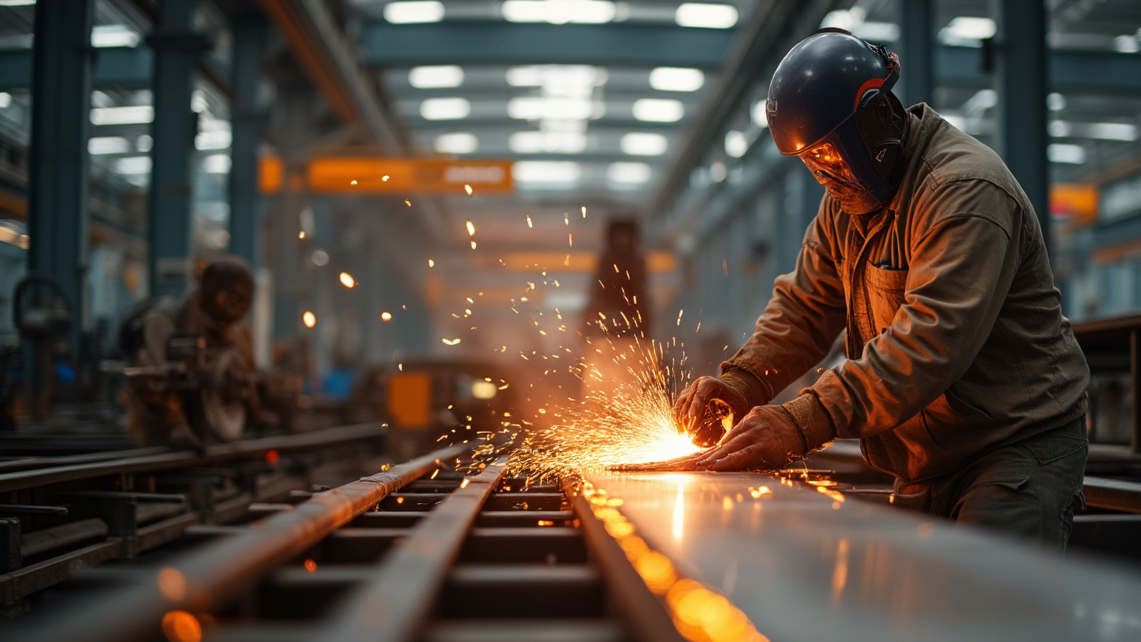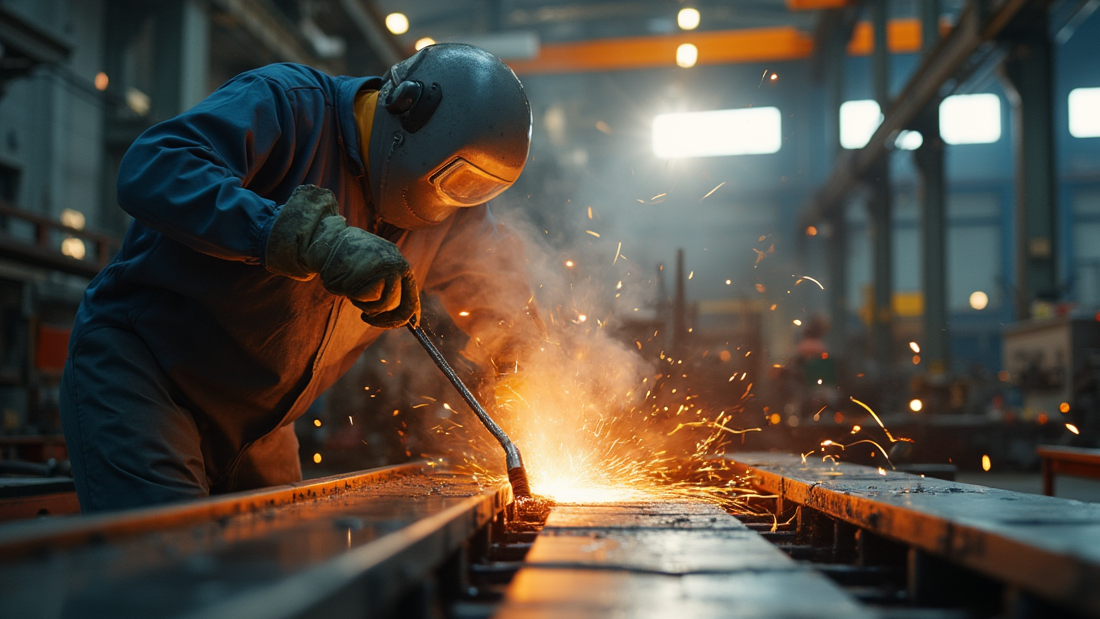On April 9th London time, the World Steel Association released the April 2024 edition of its short-term steel demand forecast report, predicting a 1.7% rebound in global steel demand in 2024, reaching 1.793 billion tons; By 2025, global steel demand is expected to increase by 1.2%, reaching 1.815 billion tons. From 2024 to 2025, global steel demand will continue to grow.
As for China, the World Steel Association expects that China’s steel demand will remain roughly at the level of 2023 in 2024. Although the continuous decline in real estate investment has led to a corresponding contraction in steel demand, the demand growth brought by infrastructure investment and manufacturing will offset the decline in the real estate industry; By 2025, China’s steel demand is expected to decrease by 1%, far below the peak demand in 2020.
From 2024 to 2025, the global demand for steel in countries other than China is expected to grow by 3.5% annually. Specifically, from 2024 to 2025, due to the impact of local infrastructure investment, India’s steel demand will continue to grow by 8%, and the steel demand in 2025 is expected to be nearly 70 million tons higher than in 2020; After the slowdown in growth rate from 2022 to 2023, steel demand in other emerging economies such as the Middle East, North Africa, and ASEAN is expected to accelerate from 2024 to 2025. Among them, ASEAN is affected by political instability and other factors, and the growth rate of steel demand is expected to further slow down in the future; Steel demand in developed economies is expected to increase by 1.3% and 2.7% in 2024 and 2025, respectively. The EU’s steel demand is expected to see substantial recovery in 2025, while the United States, Japan, and South Korea will also maintain steel demand resilience. It is worth noting that the European Union and the United Kingdom remain the regions facing the greatest challenges in global steel demand growth. The steel industry in the European Union and the United Kingdom is facing many challenges such as geopolitical changes and uncertainty, high inflation, monetary tightening, and the cancellation of some fiscal support, as well as high energy and commodity prices. In 2023, steel demand will sharply decline to the lowest level since 2000, and the forecast for 2024 will also be significantly lowered. It is expected that there will be signs of recovery in 2025, with a growth rate of 5.3%. The fundamentals of US steel are still acceptable and are expected to quickly return to a growth track by 2024.
From the perspective of downstream industries, on the one hand, high interest rates and construction costs have led to a downturn in the residential construction industry, dragging down demand growth in most major steel consuming regions. In 2023, the activity enthusiasm of the residential industry in the United States, China, Japan, and the European Union is not good, coupled with the impact of monetary tightening. It is expected that the substantial recovery of steel demand in the residential construction industry will not begin until 2025; On the other hand, high costs, high uncertainty, tightening financing conditions, and weak global demand have led to sluggish global manufacturing activity, and it is expected that the automotive industry in most countries will only show a weak growth trend at most by 2024.
In addition, the World Steel Association believes that the scale of green transformation in the world economy is considerable, which is one of the main reasons for strong investment in the public infrastructure industry. For example, a recent study conducted by the Market Research Committee of the World Steel Association shows that by 2030, new wind power plants will drive a threefold increase in global steel demand, reaching around 30 million tons, compared to the early 1920s. Although the steel demand in the wind energy industry accounts for a relatively small share of the global total demand, it may provide support for the overall steel demand in regions such as Europe. It should be noted that the public infrastructure investment aimed at strengthening infrastructure construction, resisting climate change risks and carrying out post disaster reconstruction is an important factor supporting the growth of steel demand in Japan, South Korea, Türkiye and other major steel using countries in 2023. The World Steel Association emphasizes that although public infrastructure investment and manufacturing investment will remain strong, high construction costs and labor shortages may constrain future growth in public infrastructure investment and manufacturing investment in the short term
Post time: May-20-2025



